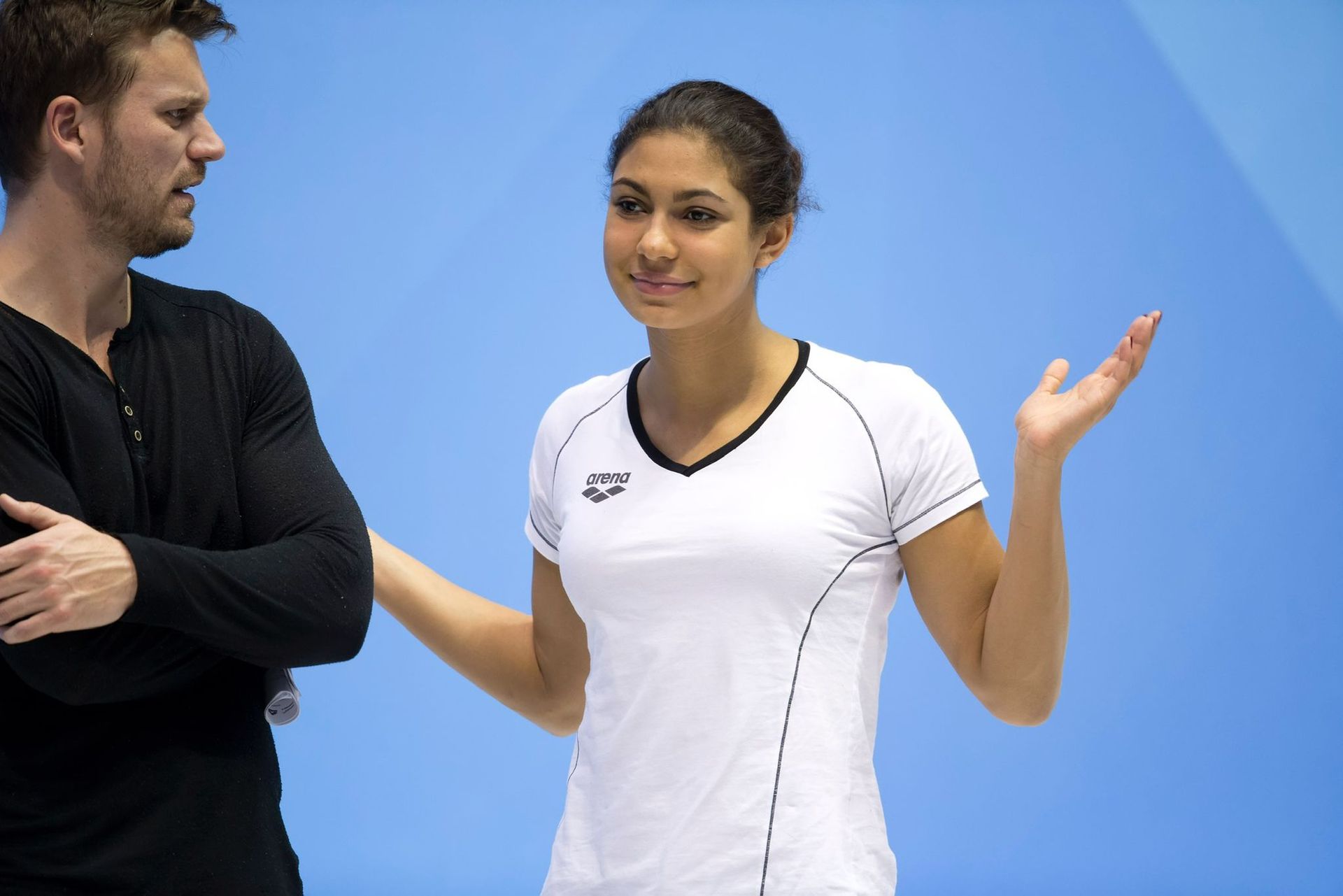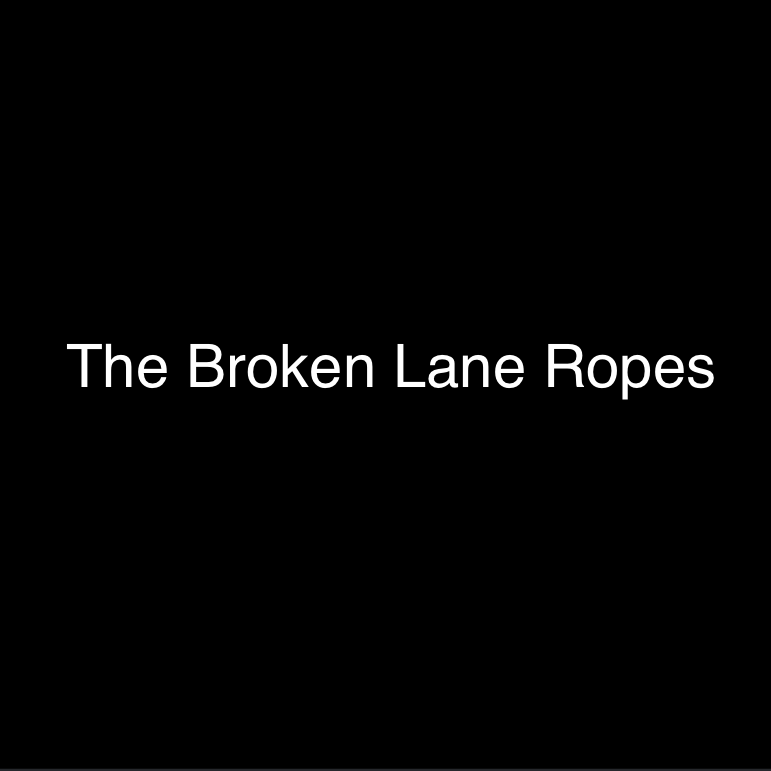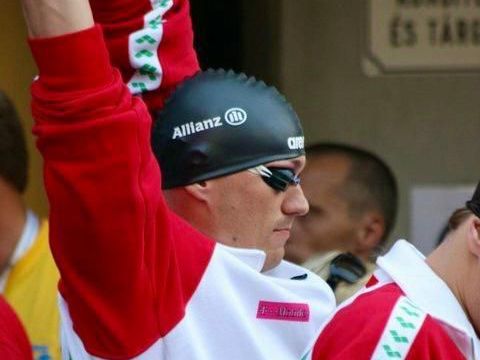The Silly One: Breaststroke
How to think of coaching breaststroke

The breaststroke really does have that dual nature — sometimes it’s smooth and graceful, like a calm sea, and other times, it feels like you’re struggling against the waves, barely keeping afloat. The unpredictable rhythm can be frustrating, much like trying to understand something or someone full of surprises. You never quite know if you’ll glide through effortlessly or feel like you’re sinking with each stroke. It’s a balance of effort and flow, much like life itself — challenging yet rewarding.
When I plan, create strategies, or design new drills, I always keep balance at the forefront. Everything must align in perfect harmony and timing. Each element needs to flow seamlessly, so the result feels effortless yet impactful, like the perfect stroke.
During my coaching career, I’ve had the pleasure of working with some truly exceptional breaststrokers. They are something else. If you watch closely, every stroke reveals the unique characteristics of their swimming style. The way they walk, talk, and stand—all of it is reflected in their stroke. Breaststrokers are a different breed altogether.
For example, if someone’s head itches on the right side, they would typically scratch it with the right hand. But breaststrokers? They’d scratch the right side with their left hand, often above their head. I absolutely love it. Every minute spent working with them feels like a stand-up comedy routine.
As I mentioned above, the characteristics may be diverse, but the problems are often the same.
Fasten your seatbelt and prepare yourself for the most hilarious challenges.
Before we start, the first thing to do is create the best strategy you can — not a plan, but a strategy! Every training session, every competition is a battle. You have to be prepared for every circumstance. But most importantly, your strategy has to align with the stroke, which is the breaststroke.
Therefore, you need to decide how often you want to do drills, flow swims, pace training, and race pace sessions.
Like everything in life, if you overdo something, you’ll end up with the opposite result. If you’ve overdone something, you can recalibrate with a reverse exercise while you get the rest you need before the meet and maintain the stroke itself.
There are various swimmers with various problems and solutions. If you’d like to hear more about how to solve the real challenges, feel free to send me a private message!
The silly ones will sometimes tell you that one side of their body is stronger than the other. You just have to smile. If that’s the case, you can both laugh about it, but the problem is still there, and you are responsible for solving it—and you will! In that case, I love to use dry cords, antipaddles, and various tennis ball exercises.
Once, I had a high-level breaststroker preparing for the Olympics. The one-side problem became so pronounced and deep that, in the end, when he was signing autographs, he had to write his name with his other hand as many times as he had with his dominant hand. But of course, in that case, the problem was deeper than just one side being stronger than the other. That’s why you always have to investigate—be a detective!
“I don’t feel the water enough,” or “The water is too hard”—these are common problems. The funniest part is when I hear this from 10-12 year-old swimmers. Of course, it might be a technical issue, but it could also be a psychological one that you need to unlock.
Actually, these kinds of problems are very basic and don’t require you to be a professor to solve.
The more fine-tuned or finer skill problems are:
• How to teach them to do the rolling breaststroke
• How to time the kick to the stroke
• What angle they should hold their heads at
• How wide the stroke should be
• How close to the surface they should be while pulling
• How close the knees should be
But my favorite is how to set your stroke according to your event. That’s a topic where you need to test, exercise, and be a perfectionist. If you want to go even deeper, we need to go underwater: the pull down.
Old school, new school—how long do they need to glide? When to do the breakout?
Short course or long course? 100m or 200m?
Someone once told me, “Oh, but coaching life is easy… I’d like to swap with you.”
Well, I actually did swap with him. I told him that if he came down for just one session where I have to time two different distance groups with 2-3 different types of stroke art, and if he could manage it, then my life would be easy.
At the end, after the warm-up, he shook my hand and brought me a coffee.
The conclusion is this:
No matter what you’re doing in this beautiful life,
No matter which age group you coach, or at what level—
The point is, if you love what you do, you will learn it. You will become better as a coach and better as a person.
Never forget why you’re doing this: because of them. They can make you shine as well!
So next time you encounter a problem, keep this in mind. You won’t run away from these kinds of problems—you’ll seek them out to improve them and, in turn, improve yourself.


